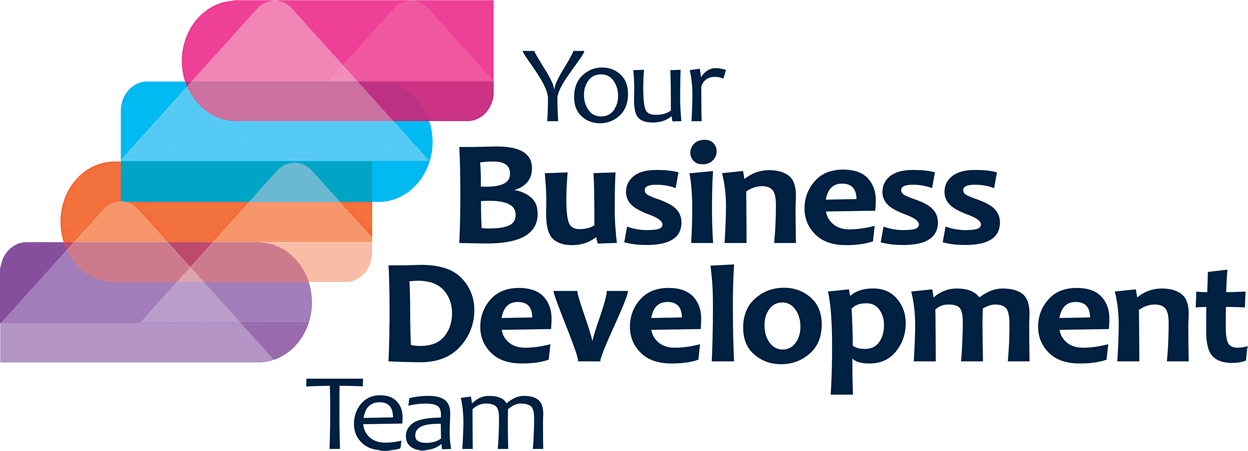At YBDT we are increasingly taking notice of our clients’ buying process ensuring that it fits with our sales process. The main reason for doing this is that it has a great effect on how successful we are at converting the sale and also on how frustrating the journey can become if the two are not aligned.
In our previous Blog, we talked about the fact that the buying journey is not linear and can be affected by many factors which make it twist and turn. Today, I wanted to cover buying styles and how they should affect your sales approach. The inspiration to this blog came from an excellent book called, How Customers Buy and Why They Don’t by Martyn R Lewis who I strongly recommend.
In the book, Lewis refers to two axes which shape buying styles, solution V product and choice V value. In this blog, I will discuss the difference between choice and value.
- Choice buying style: Buyers defined by this style believe they know what solution they are looking for either because they have bought it before or because they have gone through an extensive research and consideration process before going to market. Either way, these buyers believe that as they know what they are looking for, they will only engage with suppliers who offer the product they are in the market for, allowing them to sort and select the best offer.
- Value buying style: Buyers defined by this style are looking for added value to help them define the product they are looking to buy. This is because they are buying a new product which they are not familiar with or they are looking for some innovation to help them solve an issue they can’t solve internally.
Many companies who have educated their sales team on consultative selling may well discount the choice buying style all together. The truth of the matter is that, if your key target markets are dominated by the choice buying style, you need to learn to work with it or you will be out of business.
That said, you always have a choice as to which companies you work with. You will need to make sure you have the right business development strategy allowing you to generate enough of the right leads to ensure you can close enough sales though. More about this another day.
So, what can you do to make sure your sales process fits with the right buying style? Here are some key things to consider:
- Make sure you are clear on the buying styles that dominate your market as well as the individual sale you are working on.
- Make it easy to buy from you, so if they are looking for choice, ensure you have clear proposal documents that can be sent on request.
- Equally if companies are looking for value, make sure you spend the time with them to understand what they are looking for and create tailored propositions.
- Shifting companies from one buying style to another is possible too, you will need to understand their motives and get to know the people involved well. You will also need to be patient.
You might think that this stuff is fairly standard, and like a lot of sales theory, it is. Still, it’s very easy to get too involved in your own sales messages, forgetting that if they are not buying, you are not selling. Keeping to the status quo is one of the biggest reasons for unsuccessful selling and taking some time understanding your buyer could just be the edge you need to improve this. It’s all a numbers game in the end.
If you have found this useful you are welcome to contact us to book a discovery meeting to discuss your specific sales process.

